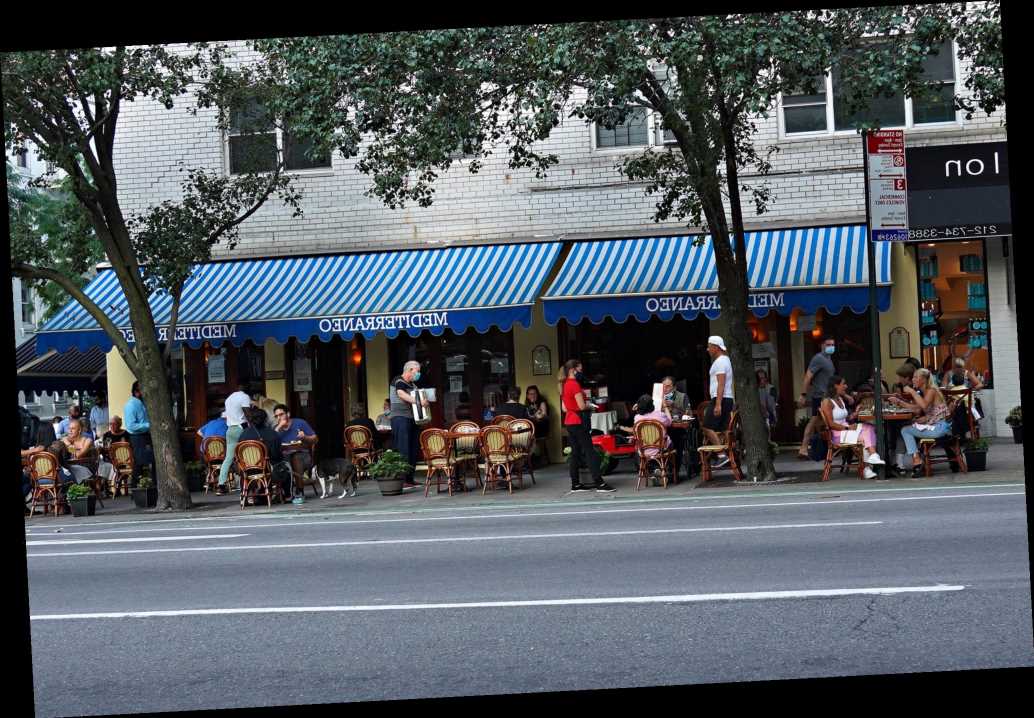If you eat out, coronavirus could be on the menu.
People infected with COVID-19 around the US are twice as likely as people who are uninfected to have dined at a restaurant in the past two weeks, a new study has found.
Researchers questioned patients from 10 states about their recent activities — including whether they had gone to a bar, gym, salon or a house of worship — and they found a large number of the sick had eaten out.
“Adults with confirmed COVID-19… were approximately twice as likely as were control-participants to have reported dining at a restaurant in the 14 days before becoming ill,” wrote the researchers from the Centers for Disease Control and Prevention, as well as other institutions.
The study did not reveal any major differences between those with and without the virus when it came to shopping, going to an office, a gym, or a salon. There was also little difference for those who gathered with fewer than 10 people at a home, used public transportation, or attended religious gatherings.
The study — which did not distinguish between those who dined indoors or outdoors — said that reports of COVID-19 exposures in restaurants “have been linked to air circulation.”
“Direction, ventilation, and intensity of airflow might affect virus transmission, even if social distancing measures and mask use are implemented according to current guidance,” the researchers added. “Masks cannot be effectively worn while eating and drinking, whereas shopping and numerous other indoor activities do not preclude mask use.”
The participants were tested at 11 outpatient health care facilities across the country — in California, Colorado, Maryland, Massachusetts, Minnesota, North Carolina, Ohio, Tennessee, Utah and Washington.
In addition, researchers found that 42 percent of those who tested positive reported close contact with at least one other person who had the illness, compared to only 14 percent of those with negative results.
Fifty-one percent of the close contacts were family members.
In addition, 71 percent of those with the virus and 74 percent of those without it reported always using some type of face covering in public.
Researchers acknowledged that the results may not be representative of the entire US population. Additionally, participants were aware of their test results, which could have influenced their responses to questions about community exposures and close contacts.
The study also did not account for varying restrictions at restaurants, or state whether those who reported eating out generally spent more time in the community — which could be a contributing factor, according to the Association of Food and Drug Officials.
“Sound public health limitations in bars, taverns, and restaurants include limiting alcohol service to accompanying food orders, not allowing hours of operation to extend into the late nights, and limiting occupancy levels and table arrangements to those levels which allow for social distancing,” association executive director Steven Mandernach said in a statement. “Further, as always, pick-up and delivery remain very low-risk options to obtain food from our favorite bars, taverns, and restaurants.”
“The hospitality industry has responded and evolved to continue to reduce the risk of transmission of COVID-19 to their customers,” he added.
Share this article:
Source: Read Full Article
